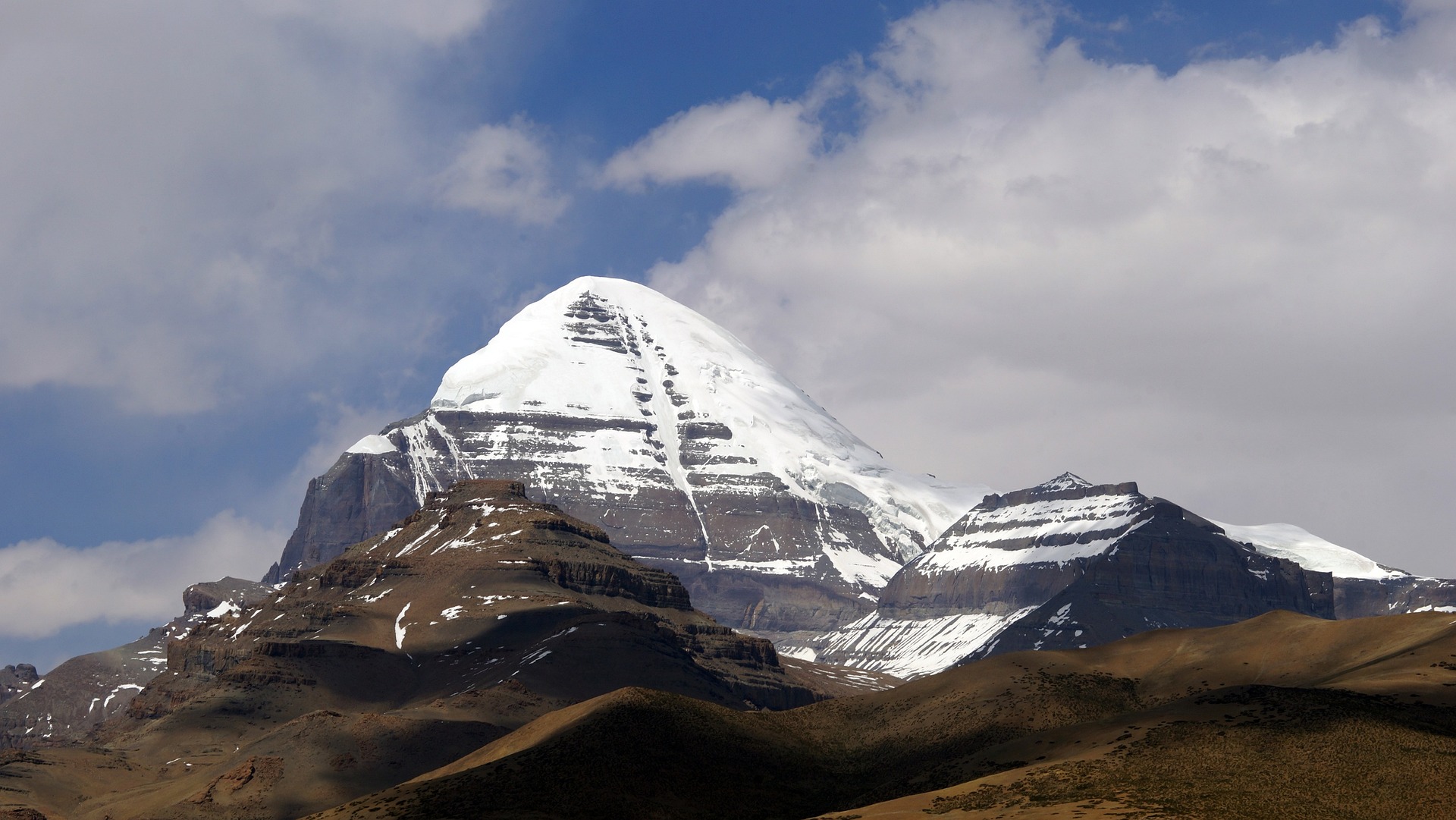Mount Kailash, one of the most sacred peaks in the world, stands tall in the remote region of Tibet Autonomous Region, China. This stunning mountain is not just a geological wonder but also holds profound spiritual significance for multiple religions, including Hinduism, Buddhism, Jainism, and Bon. Its unique symmetrical peak and its surrounding landscape have attracted pilgrims and adventurers for centuries, making it a beacon of spirituality and a challenge for trekkers alike. Mount Kailash trek offers a remarkable journey through rugged terrain, ancient monasteries, and breathtaking vistas, providing participants with a profound spiritual experience and a deep connection to the natural world.
Cultural and Spiritual Insights for Mount Kailash
Significance of Mount Kailash in Hindu Mythology
Mount Kailash holds a central place in Hindu mythology as the abode of Lord Shiva, one of the principal deities in Hinduism. According to Hindu belief, Mount Kailash is where Lord Shiva resides with his consort Parvati and their children Ganesha and Kartikeya. It is also considered the axis mundi, the center of the universe, and is associated with spiritual liberation and enlightenment.
Buddhist and Jain Perspectives on Mount Kailash
In Buddhism, Mount Kailash is linked to the legendary Mount Meru, the cosmic mountain at the center of Buddhist cosmology. It is believed to be the dwelling place of Demchok, a wrathful deity, and is revered as a sacred site for pilgrimage and meditation. Similarly, in Jainism, Mount Kailash is associated with Rishabhadeva, the first Tirthankara, who attained Nirvana on its slopes. Jain pilgrims undertake the arduous journey to Mount Kailash seeking spiritual purification and enlightenment.
Rituals and Practices Observed During the Trek
Throughout the Mount Kailash trek, pilgrims and trekkers encounter various rituals and practices deeply rooted in religious traditions. The circumambulation (kora) of Mount Kailash is a central ritual, with pilgrims walking clockwise around the sacred mountain, often prostrating themselves along the way. Offerings of prayer flags, incense, and butter lamps are made at sacred sites while chanting and meditation are common practices to cultivate inner peace and spiritual connection.
How to Reach Mount Kailash from Nepal: Various Routes
Hilsa, Simikot Region
This route provides a unique and adventurous way to reach Mount Kailash from Nepal. This route also has two different options. One by combining helicopter flights and another by trekking to access the remote Hilsa Tibetan border. The Hilsa border is close to Lake Mansarovar and Mount Kailash.
The tour offers flexibility in duration, with options for 11 or 9-day itineraries. Travelers begin their journey with a flight from Kathmandu to Nepalgunj, followed by a scenic flight to Simikot, a remote town in the Himalayas. From Simikot, travelers embark on a thrilling helicopter flight to the Hilsa Tibetan border, where they cross immigration on foot and continue their journey to the Kailash region. The helicopter flight can also be substituted by trekking to the Hilsa border which will add more days to the itinerary.
The route showcases stunning views of the Himalayas, remote mountain landscapes, and traditional Tibetan villages. Travelers have the opportunity to experience the rugged beauty of the Himalayas up close and engage with local communities along the way.
Overland Tour to Kailash via Kerung Border
This route offers a scenic overland journey from Nepal to Tibet via the Kerung border. This overland tour provides pilgrims and travelers with an opportunity to experience the breathtaking landscapes and cultural diversity of the Himalayan region.
The tour typically spans 14 days, commencing with an exploration of the vibrant city of Kathmandu, where travelers can visit major pilgrimage sites and heritage landmarks. From Kathmandu, the journey continues with a picturesque drive through the Langtang National Park, known for its stunning mountain scenery and diverse flora and fauna. The route then leads to the Kerung border, where travelers complete immigration formalities before entering Tibet.
Along the way, travelers have the chance to explore significant cultural and religious sites, such as the revered Pashupatinath Temple and the ancient city of Bhaktapur in Kathmandu. The journey also offers glimpses of the traditional Himalayan lifestyle as travelers pass through remote villages and encounter friendly locals. The drive to the Kerung border showcases panoramic views of snow-capped peaks and lush valleys, providing ample opportunities for photography and reflection.
Route via Lhasa
The Lhasa to Mount Kailash presents an alternative way to reach Mount Kailash from Nepal. This route offers travelers the chance to explore the vibrant Tibetan culture and visit iconic landmarks en route to the sacred mountain.
The tour spans approximately 17 days, starting and ending in Kathmandu. Travelers begin their journey with a scenic flight from Kathmandu to Lhasa, the capital city of Tibet. In Lhasa, one immerses oneself in the rich Tibetan Buddhist heritage by visiting ancient monasteries like Potala Palace and Jokhang Temple. From Lhasa, the route leads to the Kailash region, passing through picturesque landscapes and quaint Tibetan towns.
Along the way, travelers have the opportunity to witness traditional Tibetan customs and rituals, interact with friendly locals, and savor authentic Tibetan cuisine. The journey also includes visits to sacred sites and natural wonders, such as Lake Yamdrok and the Karola Glacier, adding depth and significance to the pilgrimage experience.
Documents Needed for Kailash Tour from Nepal
- For Indian Passport Holders: Travelers are required to provide a passport scan copy by email and deliver the original passport to the Delhi office at least 10 days before the trip.
- For Foreigners: Travelers need to provide a passport copy by email and submit the original passport in Kathmandu before 3 working days from the trip starting date. Additionally, travelers must provide a visa picture with a white background and no eyeglasses. Upon arrival in Kathmandu, travelers will need to fill out an embassy form provided by the tour operator.

